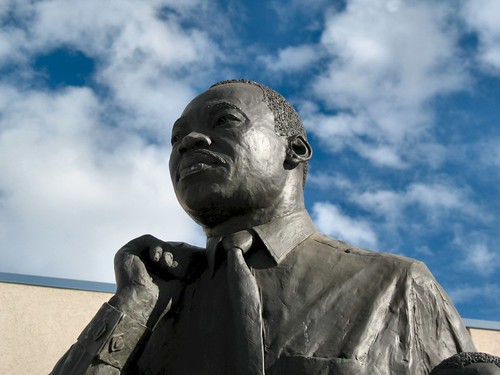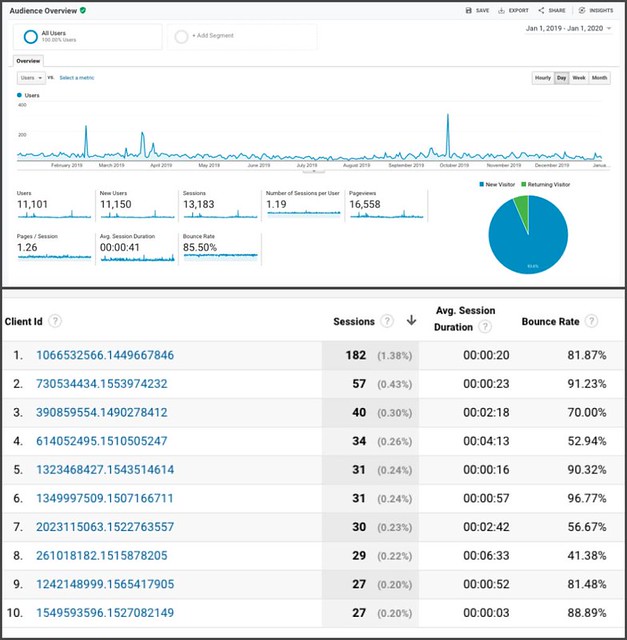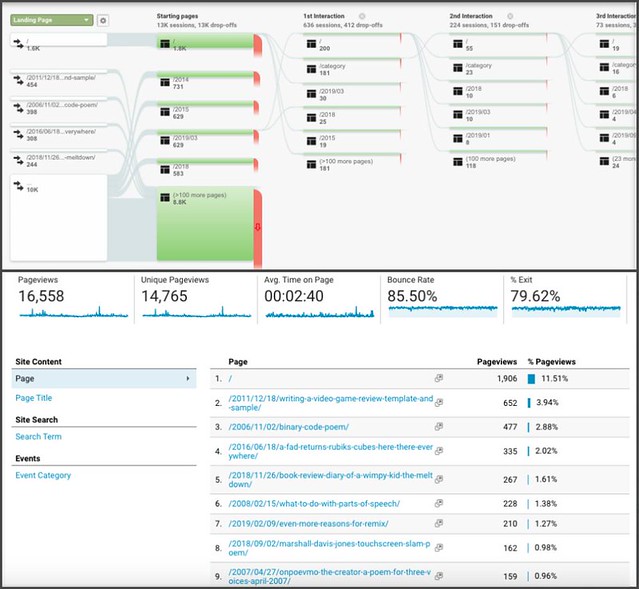
How can you not love Rose Howard, the protagonist of Ann Martin’s beautiful novel, Rain Reign? How can you not wonder at her voice, at how she sees the world through the lens of a young person with Asperger’s? How can you not obsess along with her on her quest to find homonyms as a way to make sense of language — her list is ever-growing and her discoveries are scenes of celebration — and the chaotic world? How can you not love her dog, Rain, and worry when Rain runs away in the hurricane raging outside?
You can’t, and you won’t.
Rose is such a unique character that her passions and her sense of justice and injustice guides the story forward, even as her father slowly comes apart, and Rose’s whole world spins out of control, the very last thing that we need to happen to Rose.
If you are a teacher, as I am, you know Rose. You know the single-minded sense of the world that some students bring to the classroom, and you know the struggles to help students like Rose grow and flourish, even when the unpredictability of the world comes crashing in on them.
Losing your dog is traumatic. Losing your dog in a storm, even more so. Losing your dog, knowing your own father might be the one responsible for the loss, is something Rose grapples with, confronts her exasperated and overwhelmed father with, never quite makes peace with, even when she does find her dog, Rain, and must make a moral decision about Rain.
There’s a lot left unsaid in this novel, about Rose’s mother (gone but not how Rose thought) and her father, a man not emotionally equipped to deal with a child with Asperger’s. There were moments when I was genuinely worried about Rose in the presence of her father. There were times when I wanted to give Rose a hug for all the baggage she carries with her and to bring her kind uncle to the scene to rescue her if I could not. Rose felt real in my mind and my heart, and what more can you say about a book, right?
Peace (rains and reigns),
Kevin









